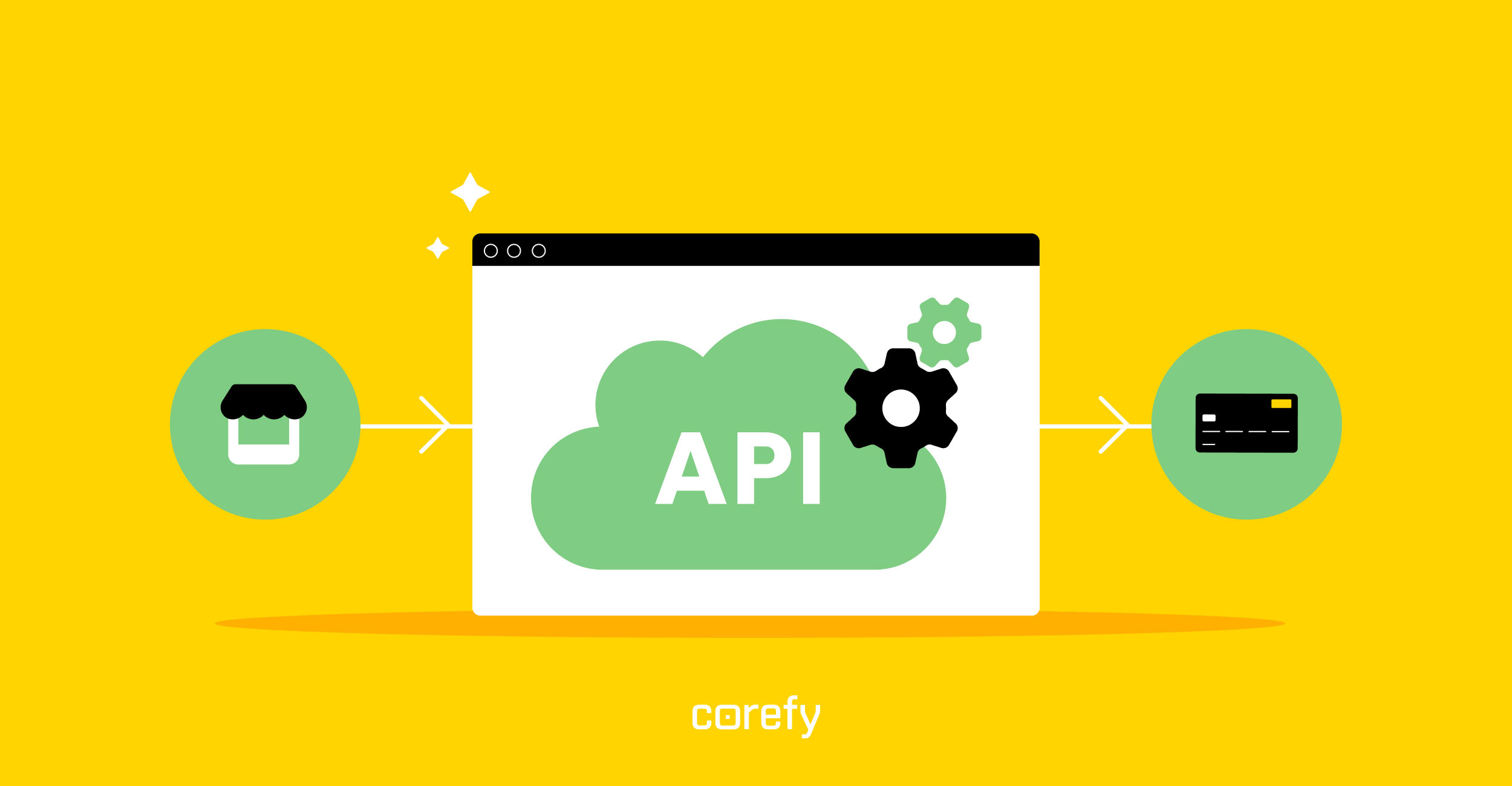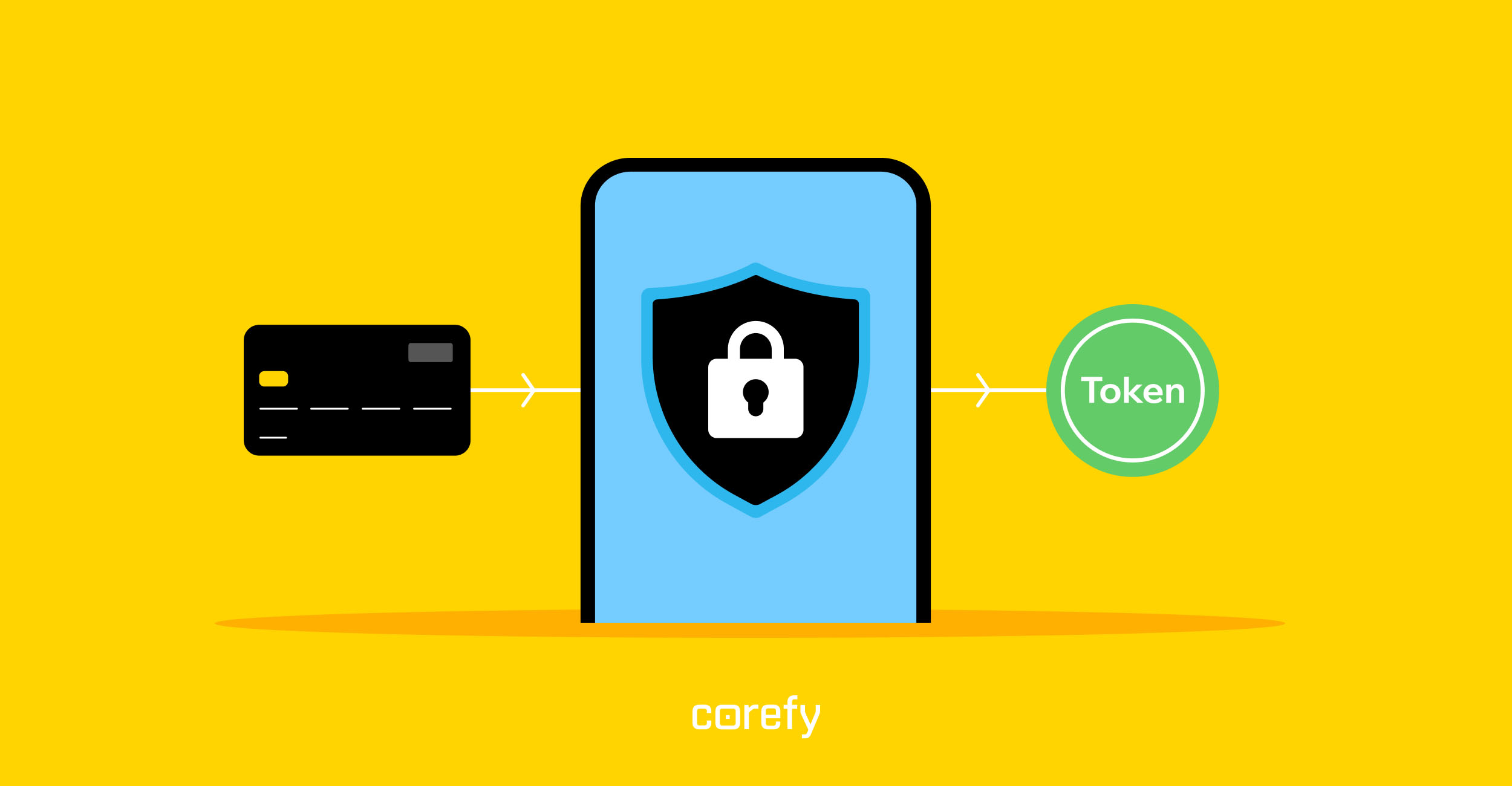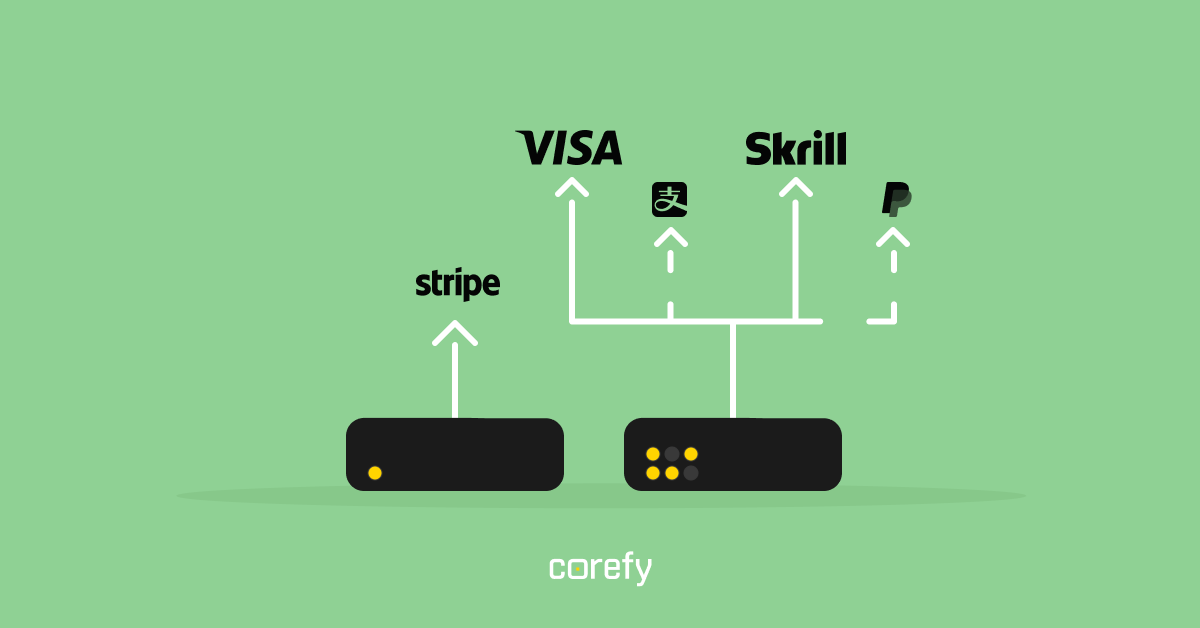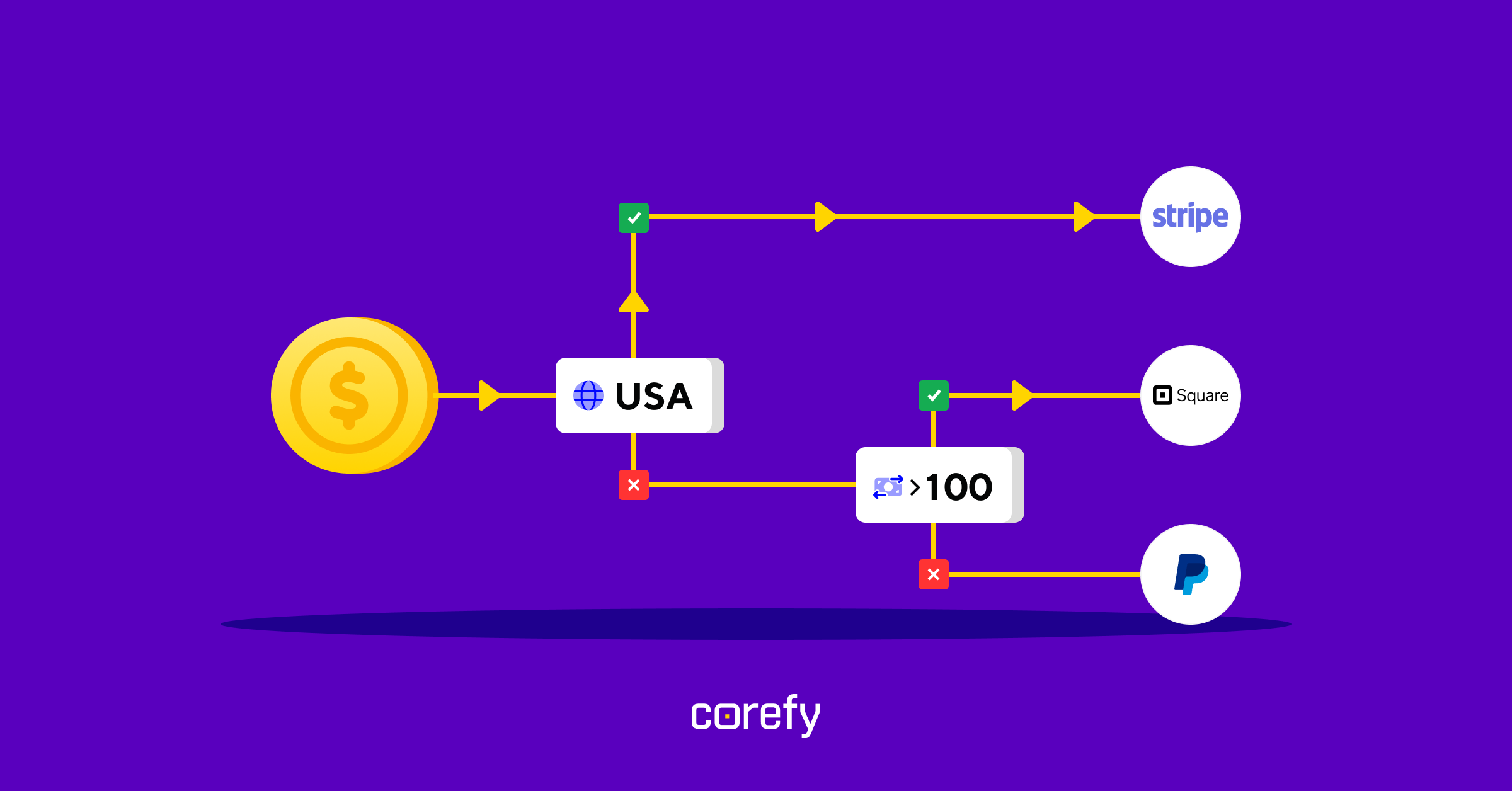If you’re a business owner who accepts card payments from customers, you’ve probably stumbled upon the term “rolling reserve” in your merchant account establishment contract. But what does this concept suggest, and why are rolling reserves often mandatory for businesses dealing with card processing?
With seeming simplicity, rolling reserves raise many questions for merchants who care about their money. What is the purpose of rolling reserves? How do they affect business owners? Is it possible to avoid write-offs to the rolling reserve account?
Don’t worry. We will make rolling reserves simple and understandable for everyone in just a few minutes. Let's get to the point!
What is a rolling reserve?
When you’re about to open your merchant account, your acquirer or payment services provider will notify you that they will withhold a certain percentage from each transaction and put it in reserve for a specific time. They call it a rolling reserve – the process of withholding an agreed-upon amount from each merchant transaction and keeping those funds in a reserve account.
You may ask, “Why should a provider keep my money?”. We have the answer. The work of acquirers and merchant service providers is always associated with the risk of losing money due to chargebacks, bankruptcies, fraud, money laundering, and other incidents. To avoid possible financial losses caused by a certain merchant, the provider withholds part of their money to protect itself.
As a “safety cushion” for acquirers and card processors, rolling reserves are opened at the very beginning of the merchant account activity for a certain period. Each merchant services provider, ISO/MSP, or acquirer determines the percentage of withholding and validity of the rolling reserve account individually for each merchant after risk assessment.
How rolling reserve works
When your payment intermediary processes a transaction, they take a pre-agreed percentage (typically 5%-10%) of the billed amount and deposit it into a reserve account. These funds will be held in your rolling reserve merchant account in case your main account balance is insufficient to cover chargebacks and refunds. Thus, the provider will use your reserve money if your customer files a chargeback and there are no funds in your main merchant account to cover it.
Do all businesses need a rolling reserve?
Typically, rolling reserves are required for high-risk merchants. This is because businesses operating in such industries face higher financial risks, and providers want to protect themselves from possible losses by retaining a portion of the merchant's funds. The risk level of your business determines the percentage of each transaction that will be withheld, as well as how long your reserve account will be active.
Here are the other factors that may affect the calculation of a rolling reserve:
- Length of time in business
- Average card processing volume
- Turnover
- Chargebacks history
- Personal credit history of the business owner
Thus, the rolling reserve isn’t a commitment but an optional measure on the part of the merchant service provider for self-protection. If you are not a high-risk business and everything is in order with the above points, you can obtain a merchant account without a rolling reserve.
Other types of reserving merchant’s money
Not all fund reserves are equal in the merchant service business. In addition to rolling reserves, acquirers and providers may offer the merchant other options for holding their money. Let's look at them in detail.
Capped reserve
Capped reserves, like rolling ones, include withholding a percentage of each processed transaction. But there is an essential difference between these two reserves. With capped reserves, the provider sets a fixed amount and stops withholding the percentage of each transaction when the cap is reached. The threshold amount is usually determined based on your estimated monthly income.
So if you process $5,000 credit card payments in your first month, they’ll keep 5 – 10% of each payment until the account reaches the $5,000 limit. After that, no funds are withheld until the next month.
Up-front reserve
With an up-front reserve, the provider asks the merchant to deposit a fixed amount into the reserve at the very beginning of a merchant account agreement. In this scenario, no percentage of transactions is withheld because the required amount is already “reserved” by your payment services provider. However, not every merchant is willing to deposit a hefty amount into a reserve account from the start, which makes up-front reserves unattractive for business owners.
Rolling reserves impact on business
Many merchants often strive to avoid a rolling reserve, and their inclination is understandable. After all, who wants a portion of their income withheld by a third party? However, it's important to recognise that a rolling reserve is the sole effective mechanism for banks and providers to safeguard themselves in the event of any issues with your business. Think of it like a warranty: when you buy a device, you want to be sure that if the unit turns out to be defective, you won’t incur the cost of repairing or replacing it. When a provider enters into a contract with a high-risk merchant, they want to be sure that they will be protected in case of any financial incidents.
We won’t deny that rolling reserves often limit merchants’ access to income and make it harder for them to compete. But there’s some good in them. Firstly, rolling reserves protect not only providers but also merchants from freezing, holding, or terminating their accounts due to excessive chargebacks. Secondly, a rolling reserve account is often a temporary measure. The processor might end up removing the reserve requirements if you build a good reputation and maintain a low chargeback level. Ultimately, after the expiration of the reserve account, you’ll get your money back safe and sound.
How Corefy can help
High-risk businesses often face various challenges, including dealing with rolling reserves. However, well-organised payment acceptance with trusted partners like Corefy can make things much easier. Our payment orchestration platform offers secure payment processing, easy control over all procedures, and an exhaustive list of payment and payout methods to make your business prosperous.






.jpg)

.jpg)



.jpg)
